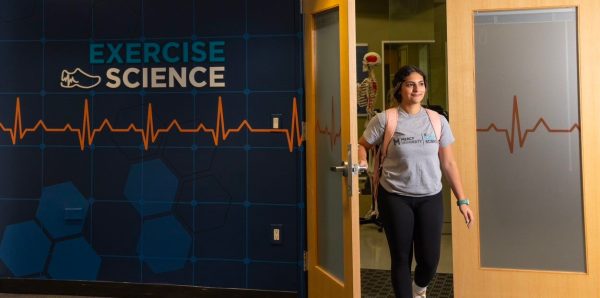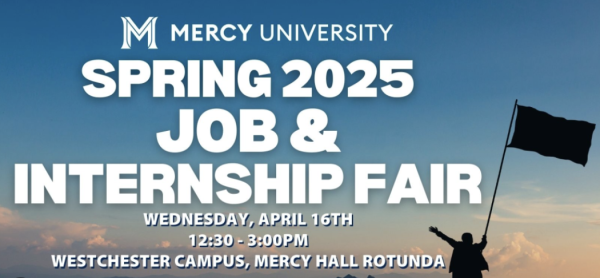Counterfeiter on the Loose In Dobbs Ferry Area
He walks into the bar, asks for a vodka martini and pays with a $20 bill. The bartender hands him $8 back along with his drink. Next, he ends up at the most expensive restaurant in Tarrytown. He tosses the waiter a $100 bill and again, gets change back. The following day, he shows up at the Walgreens in Dobbs Ferry and spends a $10 bill on a pack of cigarettes. Again, gets change back.
The change he receives over just three days adds up quickly, especially when he is cashing in false money for some real cash.
One local business owner claims that this man, or woman, is working with counterfeiting bills regularly in Westchester business, and has vowed to find him.
As college students, most of us have to work in order to get through school. Whether it is as an employee in retail or the food industry, there’s one thing in common – cash is exchanged, and lots of it.
Statistically, people exchange counterfeit money at some point in their life without realizing it, probably more than once.
Counterfeit money is getting increasingly difficult to identify, experts say. Last year, the Secret Service confiscated $89 million in counterfeit money, and that number will probably rise.
Some that engage in cash businesses are now feeling that the $20 bill is the most counterfeited, which would make a lot of sense since it is the bill people use the most. When someone hands over a one hundred dollar bill, it receives more inspection but when a twenty is handed over, it is taken without question or consideration.
“Up until recently, I would always check the higher bills: fifties and one hundreds. But now I check anything, even tens,” says John, a bartender in Tarrytown.
John knows what it’s like to get caught in the middle of a counterfeit fraud investigation, and now, he is always on the lookout.
A few years back, he was part of his father’s business. He went out on a professional lunch with a client and got a call a few hours later from his boss, with the Secret Service also on the line.
“They accused me of using counterfeit money along side the most wanted man in the states.”
The Secret Service gave him a proposition: help track down this fraud or go down with him once he was found. He took option one.
John continued his business with the wanted client and continued going to lunches with him to discuss business proposals. During their last lunch, an hour passed before John left to smoke a cigarette. As soon as he left the room, the FBI had already swarmed the client and John watched with full satisfaction as they took him away.
Now, John feels a need to continually be on the lookout for counterfeits. He knows that currently there is a big seller in the Tarrytown area.
“In the past few months, I’ve received two twenties, two one hundreds and two tens. I’ve found (from other local businesses) that fake low bills are increasingly becoming more popular to hand out.”
Currently, every ten dollar bill or higher that comes into his hand is checked through a detection machine.
“There’s someone out there making loads of fake money and I’m going to catch him,” John sternly states.
The one problem John has run into is that he never reported these bills to the police, which makes it more difficult to catch the people who are dishing these bills out.
The Impact’s visit to the Dobbs Ferry and Tarrytown police stations found there have been no recorded reports of counterfeit money in almost a year. Beyond that, there has only been one report on record in the past year.
Business owners claim that is inaccurate, yet have not reported bills to police. Police urge business owners who feel that a bill is suspect to contact local authorities.
John, like other owners, feels that people are just not paying close enough attention to the money being handed to them, or maybe they are just not reporting it.
After going around to many different restaurants, bars and convenient stores, The Impact found that about eighty percent didn’t have a machine to detect counterfeit bills. Most companies have detecting pens but don’t use them often.
Only five percent of companies use their detectors on ten dollar bills or higher and fifteen percent use detectors on twenty dollar bills or higher.
While business owners may not be protecting themselves, the government has been trying to prevent counterfeiting for years.
Have you ever wondered why coins like dimes and quarters have ridges around the edge? It stems from measures to protect from counterfeit. Though there are many online tips on how to identify fake money without actual detectors, there is no fast or obvious way to distinguish a fake from an authentic without a detector.
Technology has changed the way counterfeit money is being produced. Today, sixty percent of counterfeit bills are made using standard inkjet and laser printers that can be bought from any retail store.
Banks have different policies, but patrons can’t rely on banks alone in regard to counterfeiting. They can fall victim to counterfeit money as well. Last year, various media outlets reported a woman named Arlyne Lorenz withdrew $300 from her bank in New York and deposited it just an hour later into her granddaughter’s account. That is when the fake bills were discovered. The grandmother’s bank refused to issue her a refund.
As for men like John, who try to solve these cases – they offer one piece of advice – in you are in a cash business, be cautious of the bills being handed to you, especially by repeat customers.

Laine Griffin is from the one and only Washington D.C. and is a journalism major at Mercy College. Her hobbies range from playing sports, bartending, spending...







